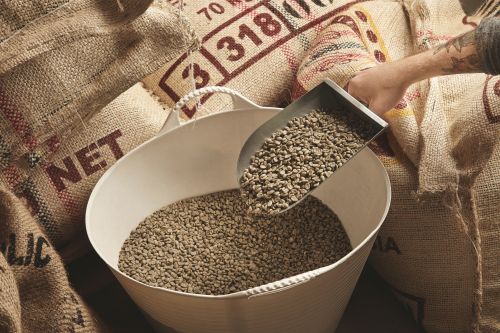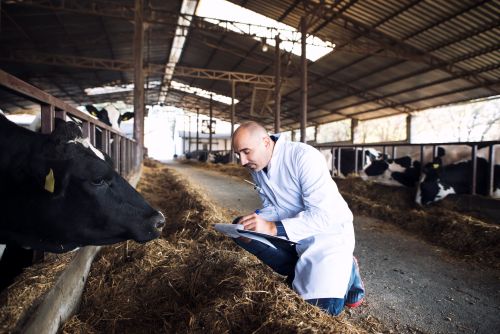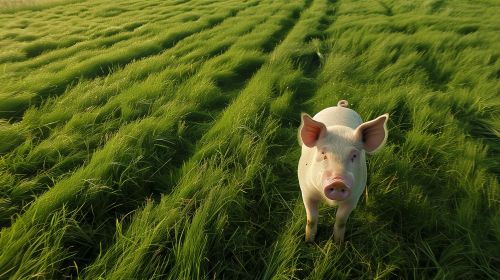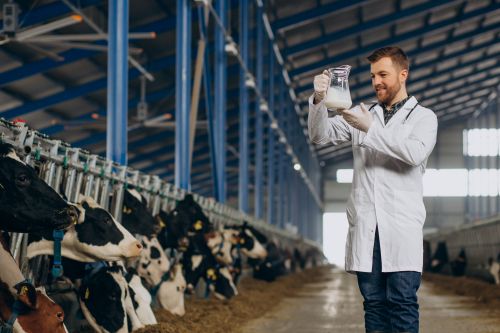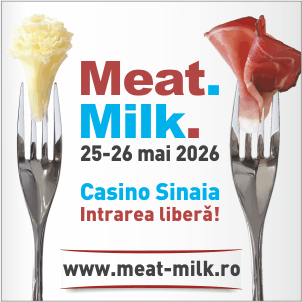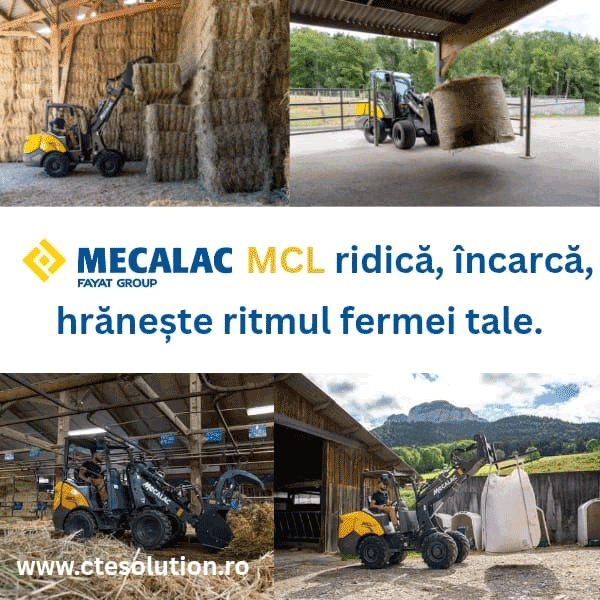425
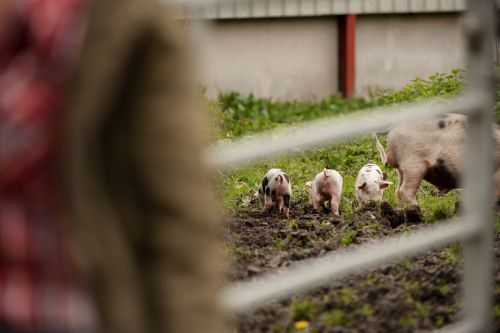
Vertical integration is becoming the dominant model in the European pig sector. In Romania, only 15% of farms are fully integrated, but they provide over 50% of national production, according to the Ministry of Agriculture (MADR) 2024. The model involves controlling the entire chain – from feed production and genetics to processing and distribution – which reduces costs and increases profitability.
By comparison, in Denmark and Spain, over 70% of the pig sector is integrated, which explains their high productivity and competitiveness. Integrated farms achieve profit margins 20–25% higher than traditional ones. In Romania, farms that have adopted this model manage to sell pork at prices of 18–20 lei/kg, compared with 14–15 lei/kg for farms selling only live animals.
The main challenges for adopting vertical integration are the high investment costs and limited access to financing for small and medium-sized farms. However, the CAP Strategic Plan (PNS) and AFIR 2023–2027 include special support lines for the construction of small slaughterhouses and local processing units.
Experts estimate that by 2030, the share of integrated farms could reach 30–35%, which would reduce import dependence and strengthen the Romanian pig sector. Vertical integration is not just a trend, but a necessary model for the competitive future of pig farms.
(Photo: Freepik)
